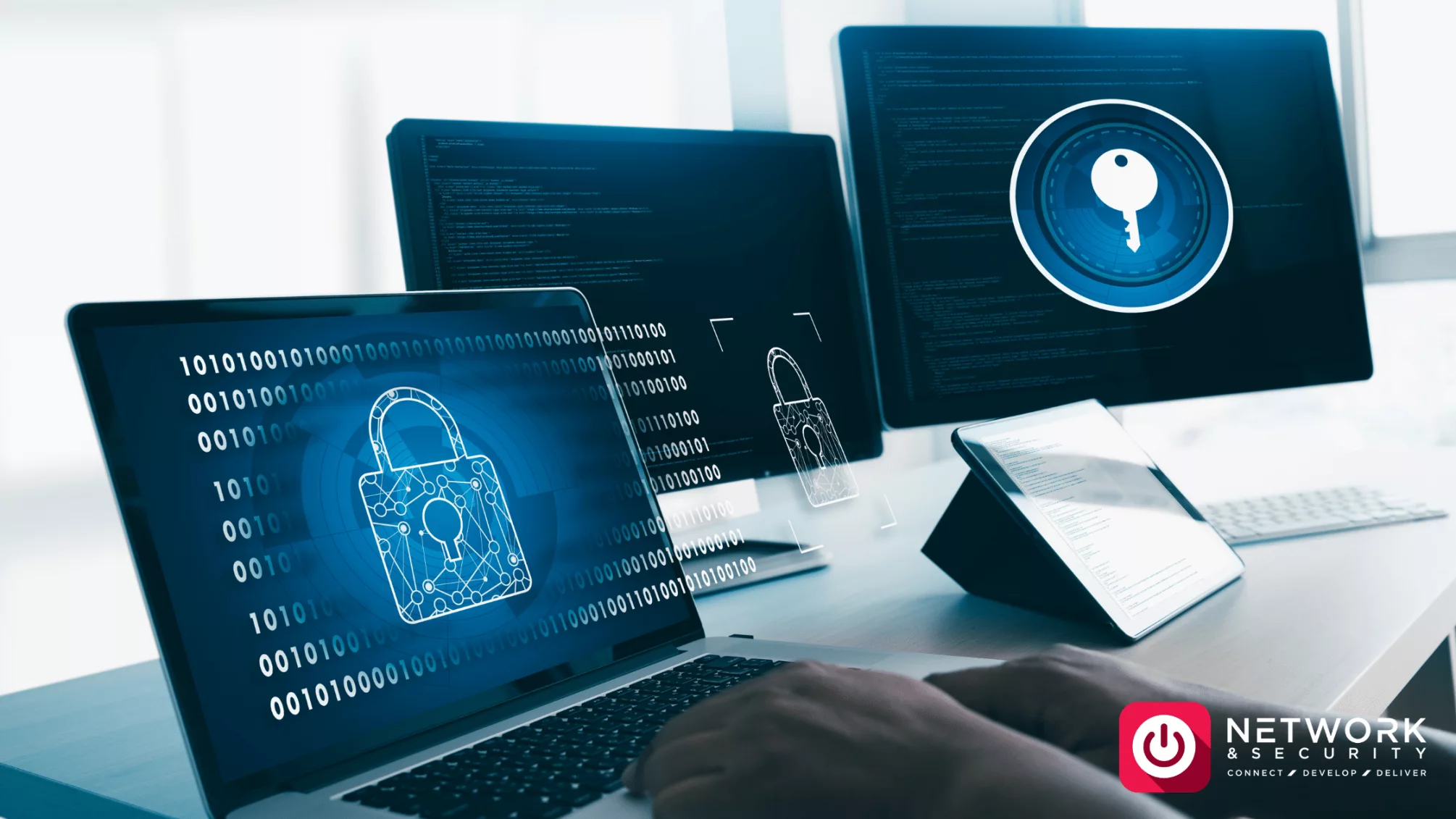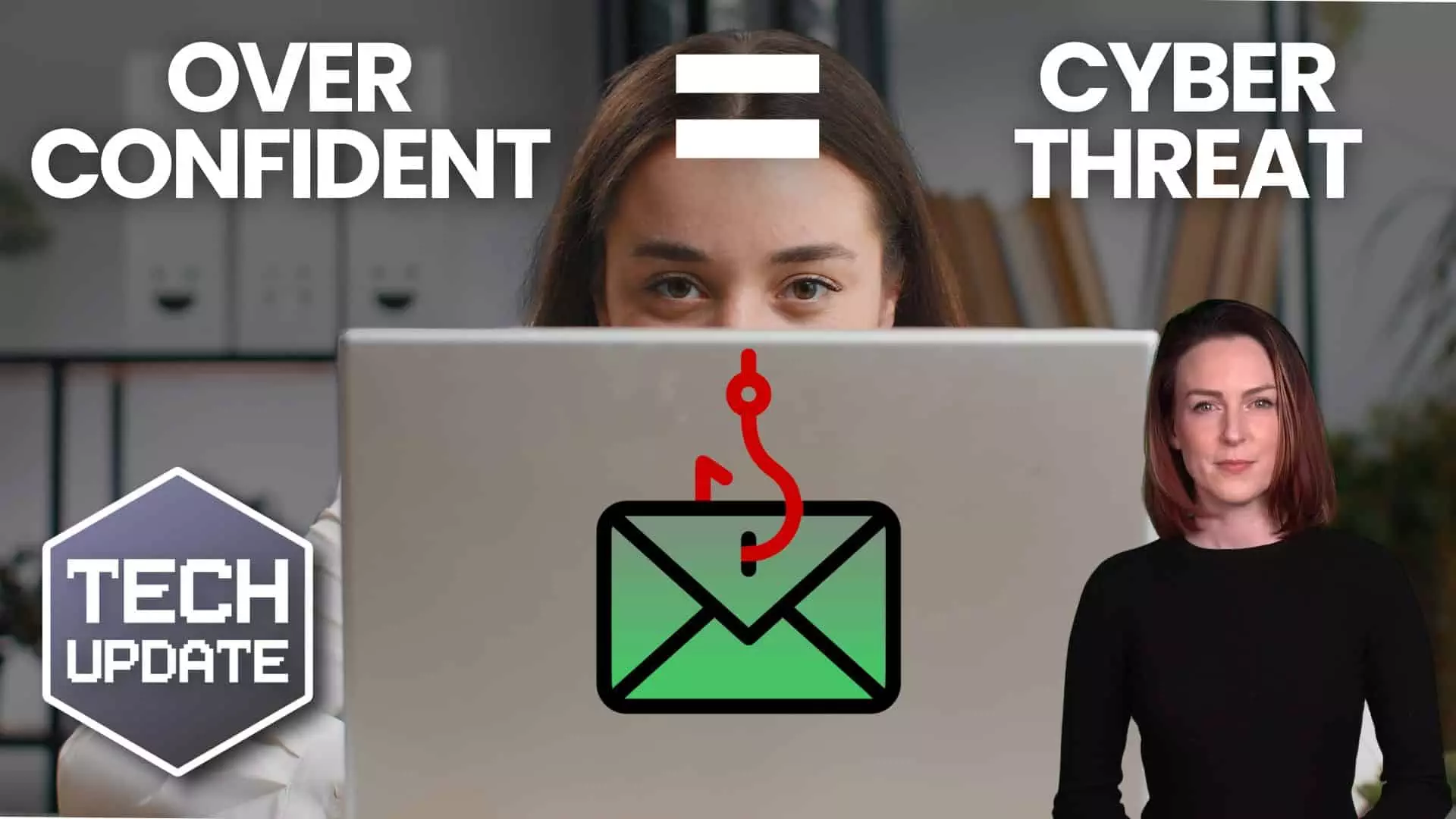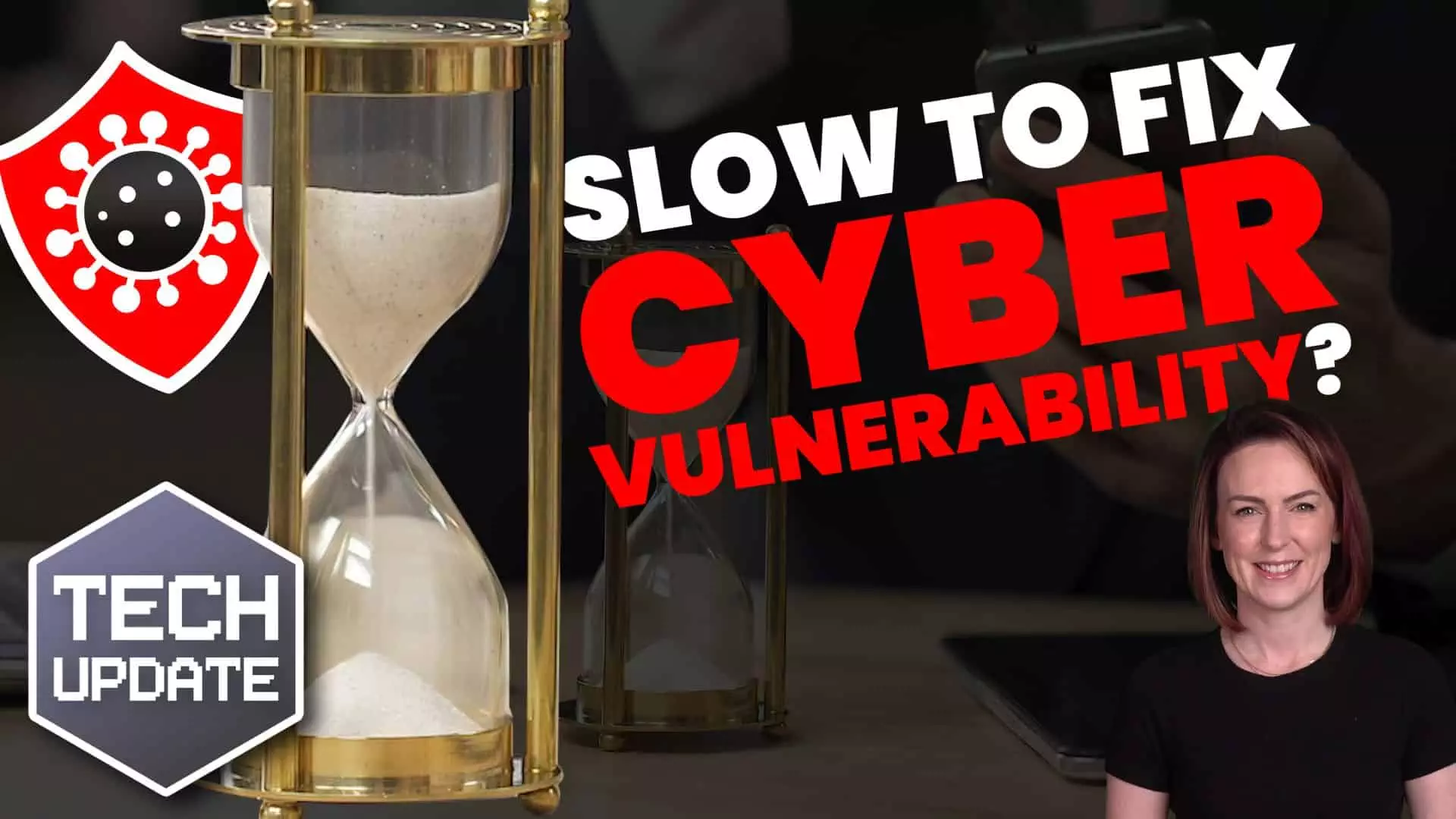What They Are, Why They Matter, and What Business Owners Need to Know
If you’re a business owner, chances are you rely on email every day—whether it’s communicating with customers, suppliers, or your own team. But did you know your business email could be at risk of being used by cybercriminals to trick others, damage your reputation, or even steal sensitive information? That’s where DMARC comes in.
What is DMARC, in Simple Terms?
DMARC stands for “Domain-based Message Authentication, Reporting, and Conformance.” In plain English, it’s a security standard that helps protect your company’s email domain from being used by scammers for impersonation and phishing attacks.
Imagine DMARC as a security guard for your business email. It checks every email sent from your domain to make sure it’s really coming from you (or someone you trust)—not a cybercriminal pretending to be you. If something looks suspicious, DMARC can tell email providers to block or quarantine those fake messages.
Why Should Business Owners Care About DMARC?
- Protect Your Reputation: If criminals send fake emails using your domain, customers and partners might lose trust in your business.
- Reduce Fraud: DMARC helps prevent phishing attacks and email scams that could cost your business money or sensitive data.
- Stay Compliant: Many industries and government agencies now expect businesses to have DMARC in place as part of basic cyber hygiene.
- See What’s Happening: DMARC also provides reports, so you can see who’s sending email on your behalf and spot problems early.
But here’s the catch: DMARC isn’t a “set and forget” tool. It needs to be monitored and updated regularly to stay effective, especially as cyber threats evolve.
What is DMARC-BIS, and Why Is It Important?
Recently, a new standard called DMARC-BIS has been introduced. Think of DMARC-BIS as the next-generation rulebook for email security. It’s an updated version of DMARC, designed to address some of the challenges and gaps in the original standard.
What’s New with DMARC-BIS?
- Better Protection: DMARC-BIS tightens up the rules, making it even harder for attackers to slip through the cracks.
- Clearer Guidance: It clarifies how email providers should handle certain edge cases, reducing confusion and making enforcement more reliable.
- Modern Compatibility: As email technology changes, DMARC-BIS ensures your protection keeps up with the latest trends and threats.
- Improved Reporting: The new standard gives you more useful information in the reports, helping you spot issues faster and respond more effectively.
Why Should You Adopt DMARC-BIS?
- Future-Proof Your Security: Cyber threats are always evolving. Adopting the latest standards means you’re better protected today and tomorrow.
- Show You Take Security Seriously: Customers and partners are increasingly looking for signs that you protect their data. Using DMARC-BIS is a visible way to demonstrate this commitment.
- Stay Ahead of Regulations: As governments and industries update their own requirements, being on the latest standard helps ensure you remain compliant.
What Should Business Owners Do Next?
- Check if You Have DMARC: If you’re not sure, ask your IT provider or managed service partner (like us!) to check for you.
- Monitor Your DMARC Reports: Don’t just set it up and forget it—make sure someone is reviewing the reports and adjusting your settings as needed.
- Plan to Move to DMARC-BIS: Talk to your IT team about adopting the new standard. It’s a proactive step that keeps your business safe and ahead of the curve.
- Educate Your Team: Let your staff know why email security matters and what they can do to help.
In Summary
Email is vital to your business—but it’s also a favourite target for cybercriminals. DMARC and the new DMARC-BIS standard are essential tools in your security toolkit. By adopting and monitoring these standards, you’re protecting your reputation, your customers, and your bottom line.
If you have any questions or need help reviewing your email security, reach out—we’re here to help!









